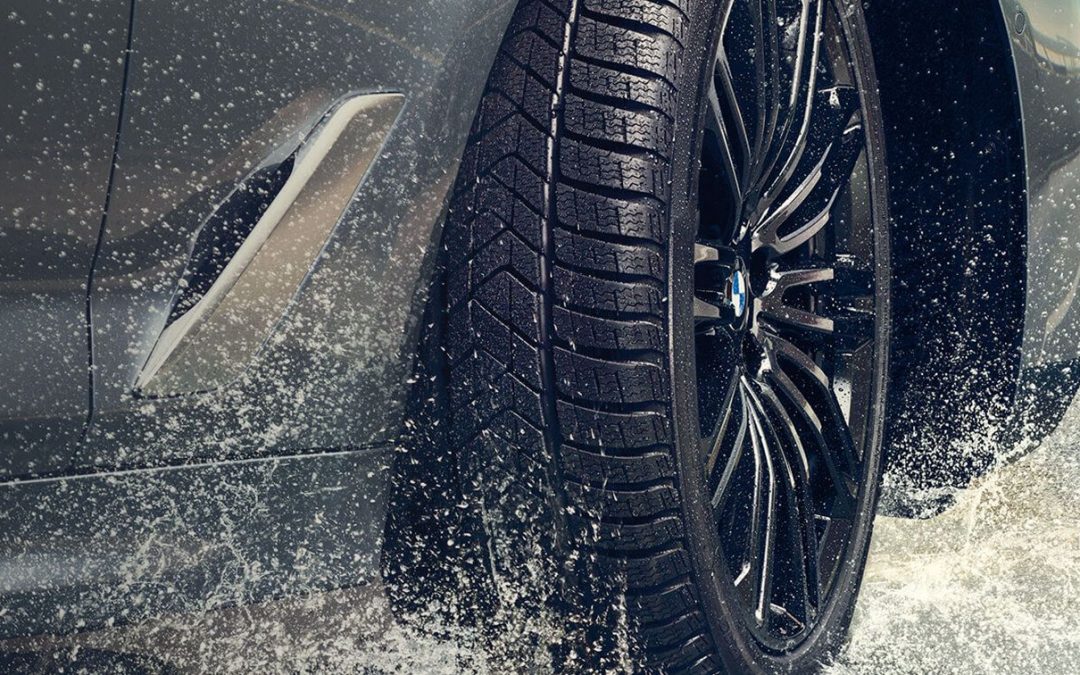Image Credit: BMW
We wish tyres lasted as long as true love does – Forever. Unfortunately, reality and basic physics both deem that these crucial motor components eventually wear out and have to give way to fresh replacements. Tyres usually last for about 40,000km, or three years nowadays, and while you cannot avoid their eventual deterioration and overhaul, you can help ensure it’s a smooth-sailing journey.
However, no matter how safely you drive or how healthy your habits are, you should still change your tyres every three years – even if they seem to be in great condition. You see, rubber can’t help but harden over time, and hardened tyres crack easily, which could spell danger for you on the road.
If you’d like to avoid having to change your tyres more often than necessary, you’re in the right place. Here are 5 tricks that’ll help you make those essential rubber beauties of yours last longer:
1. Keep your tyres properly inflated
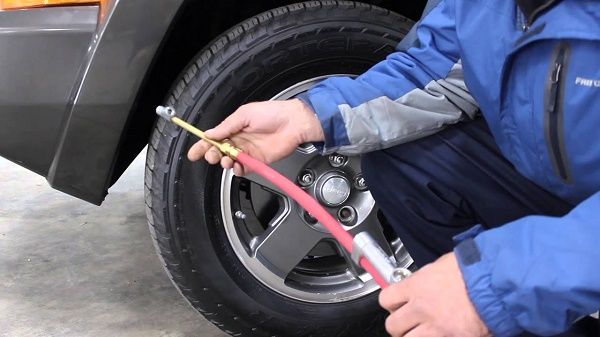
Image Credit: Naijauto
When properly inflated, tyres create minimal friction on the road, give drivers optimal grip and vehicle handling, and help avoid overheating and blowouts, both of which could be costly and dangerous.
When a tire isn’t filled to its correct capacity, the level of friction occurring between rubber and road inevitably shoots up, thereby creating large amounts of air resistance, and resulting in uneven wear. On the other hand, if a tyre is over-inflated, its centre will wear out faster, thus leading to insufficient grip, which can prove very dangerous in wet weather.
To find the correct tyre pressure for your tyres, you can either refer to your vehicle owner’s manual or take a glance at the driver’s side door sill. For cars that were made before 2003, you might want to look at the glove box door, trunk lid, or fuel filler flap instead.
2. Every 5,000km you clock, rotate your tyres
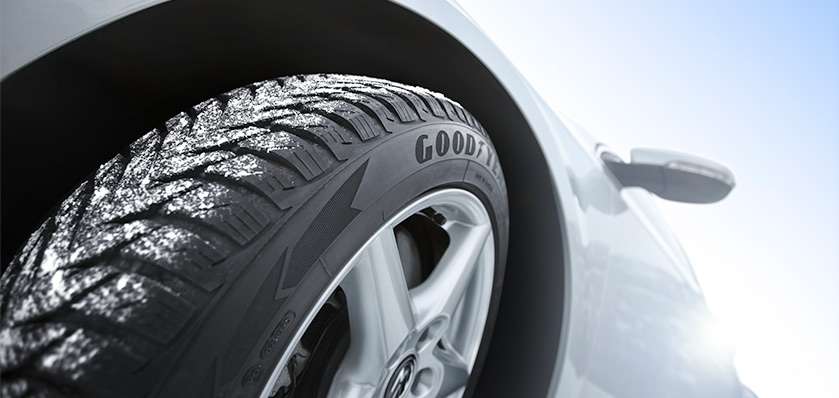
Image Credit: Good Year
But I already do, silly! Well, dear darling, that’s not what we mean when we say rotate. Rotating your tyres, or changing them around, helps to ensure they all wear out evenly and at the same pace. If you don’t practice this habit, some of your tyres will wear out much quicker than others, and uneven tyres are a recipe for disaster.
It’s sort of like changing your hair parting ever so often to help prevent hair loss at your parting – Rotating your tyres helps to reduce the tension where it mostly happens.
3. Avoid driving over curbs
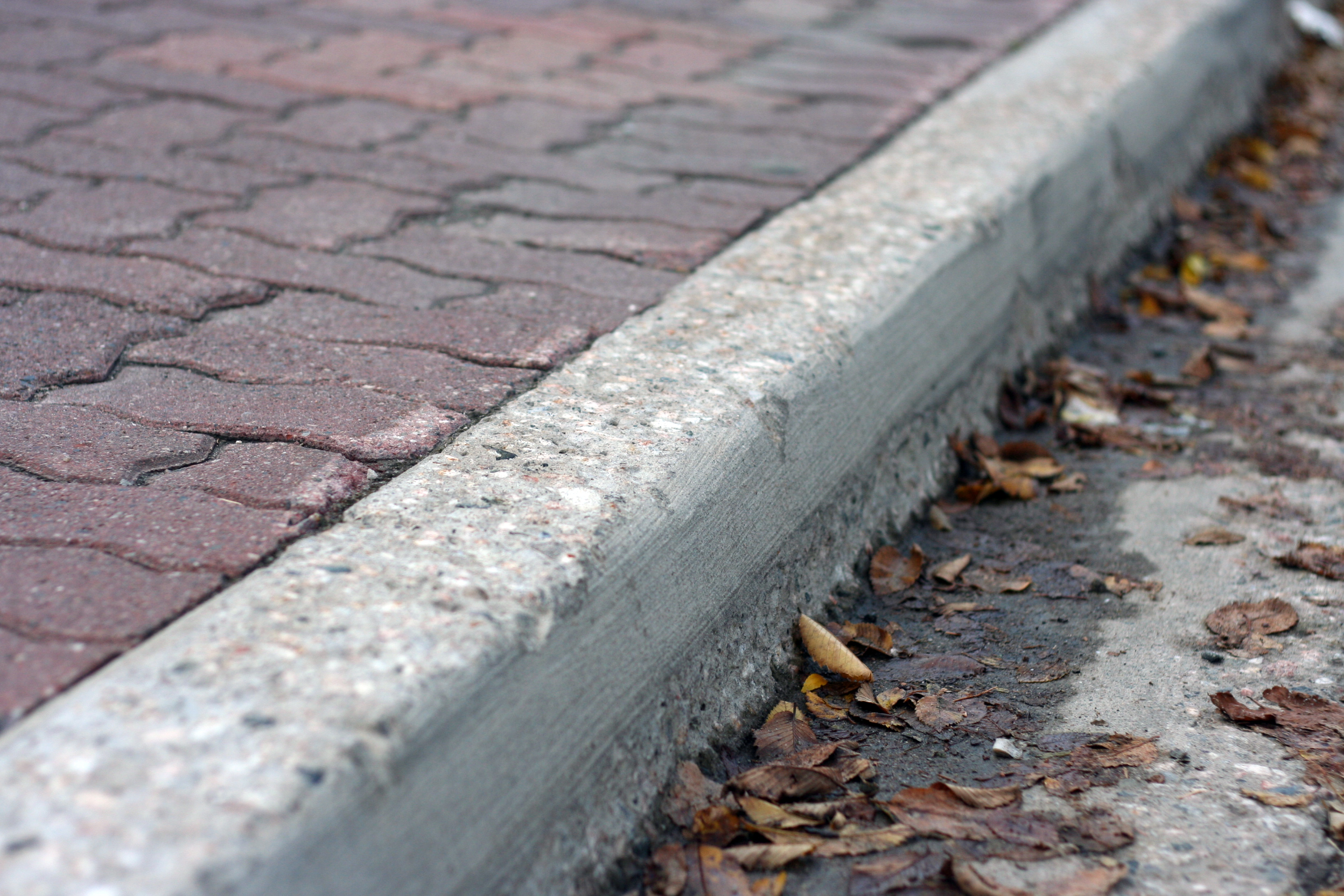
Image Credit: Reddit
Be. Careful. Around. Curbs! Unless you get a strange kick out of damaging your tyres and suspension by repeatedly mounting curbs or brushing against them, we strongly suggest paying extra attention when manoeuvring in car parks, especially if you’re not too familiar.
Curbs can also damage your car’s tie rods, which connect your steering column, driveshaft, and wheels. So, if you hear strange noises, or feel a little jitter whilst driving after hitting a curb, we’ve got bad news for you – Your wheel bearing might be damaged.
While you’re at it, you might also want to inspect the affected tyre’s sidewall – open your eyes as wide as you can, for sidewall damage can be quite inconspicuous.
4. Avoid potholes
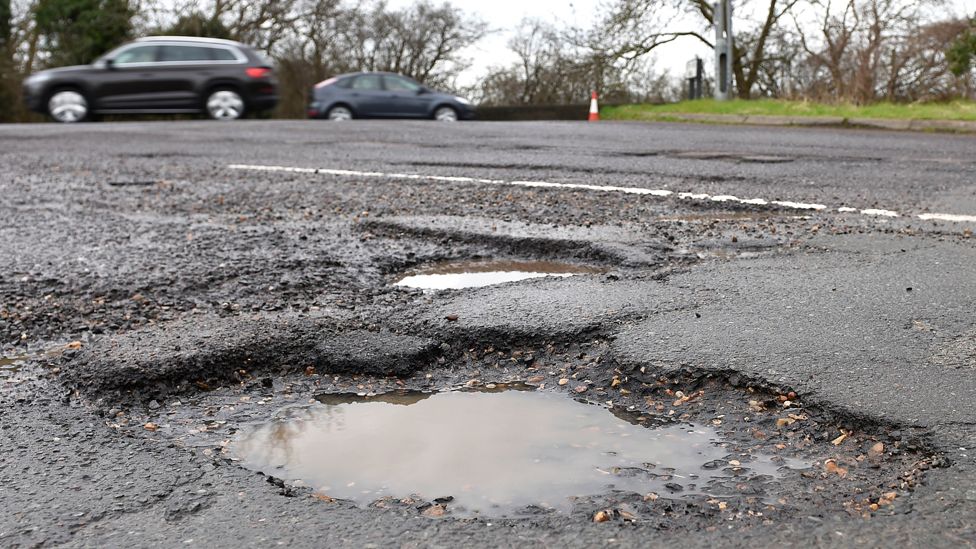
Image Credit: BBC
Driving over a pothole could harshly damage both your tyres and suspension components. These blasted Potholes can also send your wheel alignment into disarray and turn your ride into an annoyingly bumpy one. As with curbs, your tyres may also experience sidewall damage.
How does one go about evading potholes ahead when they’re so unnoticeable? Simply pay attention to the cars in front of you – If you notice the motorist in front veering slightly to the left or right, they might be trying to avoid a pothole, and so should you.
Remember, if your car hits a pothole: The pothole always wins.
5. Regularly inspect your tyres
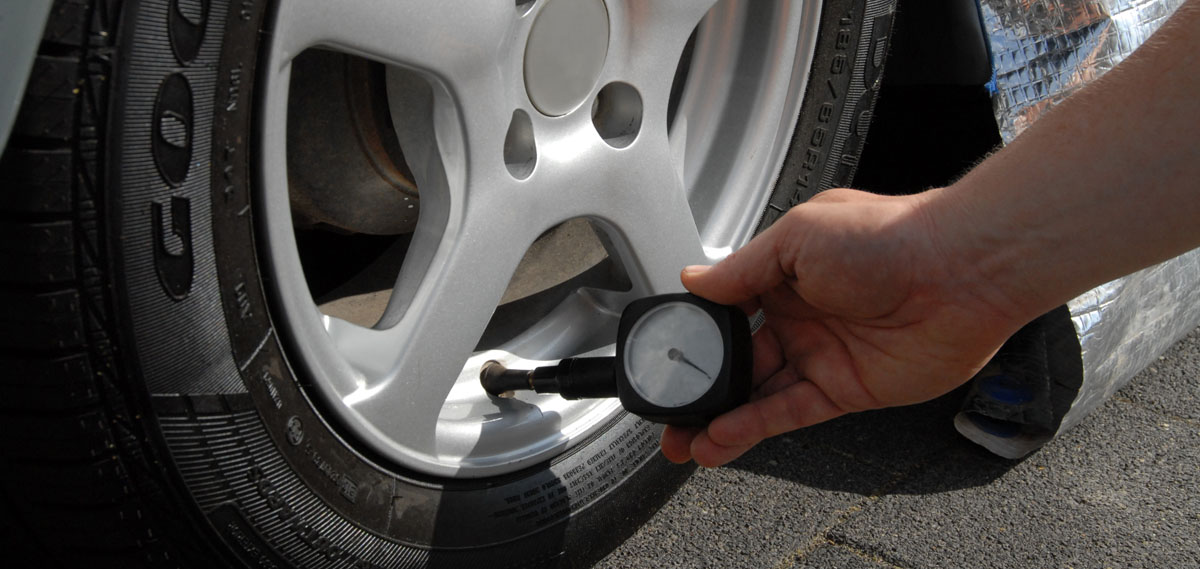
Image Credit: Good Year
The worst time to notice your tyres are malfunctioning is when you’re using them, which is why one of your new habits from now on will be to consistently check your tyres so that accidents that can be avoided, are. How often should you be pointing a magnifying glass at your tyres? The answer is: Once a month.
And when you do, don’t just have your eye out for uneven wear. You should also be looking out for fissures, punctures and other types of damage. If your tyres show signs of uneven wear despite being aptly inflated, then your suspension, wheel alignment or chamber could be out of sorts.
A keen eye could save you from spending on a brand-new set of tyres more often than you should, so if you’re set on making those babies last, take your regular inspections seriously.
6. Use the right cleaner when cleaning your tyres
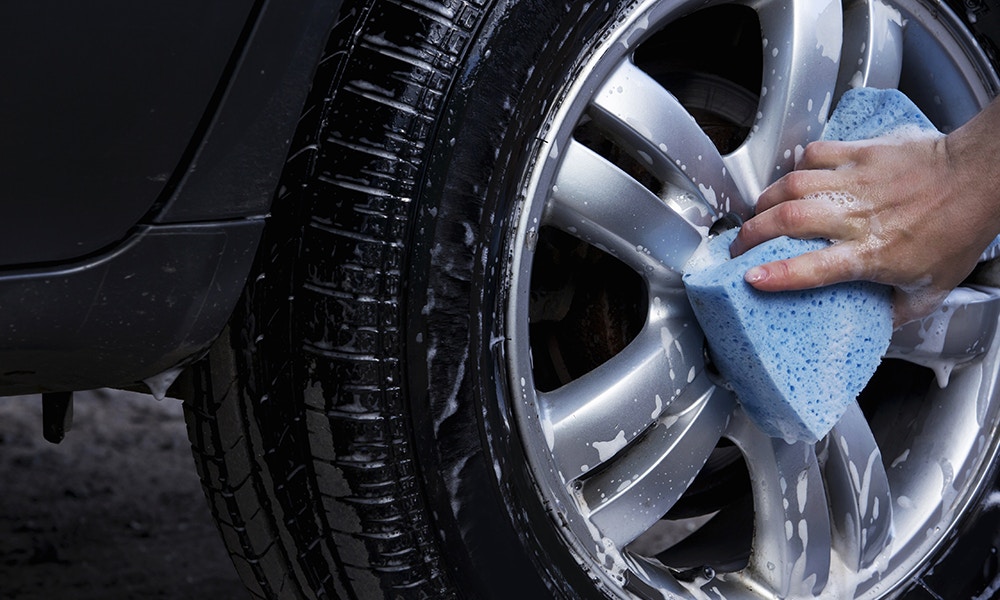
Image Credit: Bob Jane T-Mars
All tyres contain rubber conditioners, antiozonants, and UV absorbers that play a crucial role in helping to retain their flexibility and colour. And we all know by now that an inflexible tyre, which is prone to cracks and fissures, is bad news when you’re driving around in Singapore.
If you regularly clean your tyres, good on you, but first, make sure that your cleaner is meant for tyres and isn’t causing these important elements to thin out. The last thing you want to do is to be breaking your tyres down with each loving wipe of your sponge.
- If you’re looking for a cheap and natural solution, try mixing one part water and one part vinegar together to create a safe, non-toxic cleaning solution for your tyres.
With these 6 tricks, we hope that your tyres will all get to live happily to the ripe old age of three. Do you have any other tips of your own when it comes to maintaining your tyres? Tell us in the comments below!
PPS. What do you call an old tyre? Retired. Duh.
Find out how much your car is worth today?


